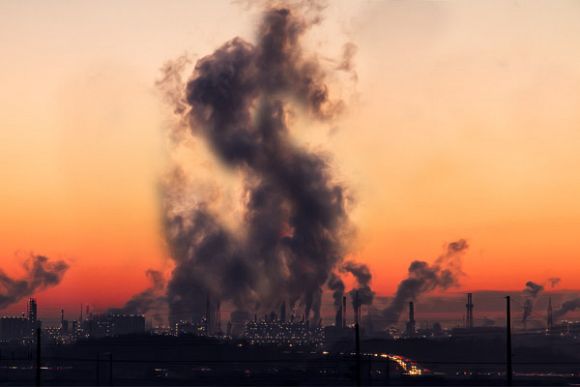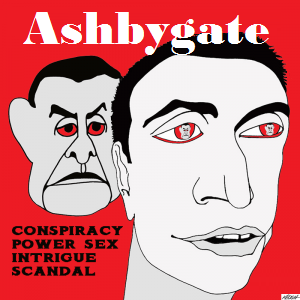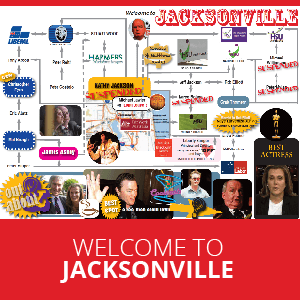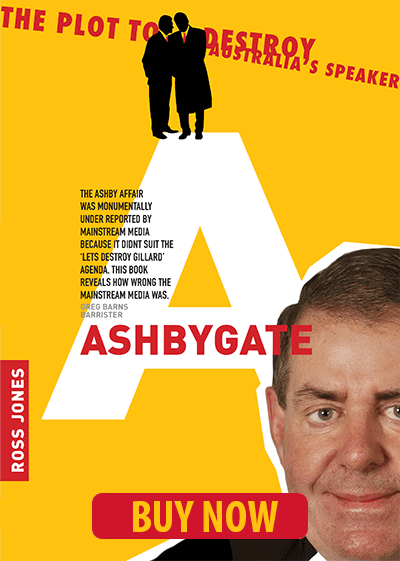Western Australia's plans to revitalise tourism may have unintended environmental consequences, writes Eleanor Beidatsch.
THE WESTERN AUSTRALIAN government have implemented a new streamline process for evaluating sustainable development sites that have the potential to boost the state’s economy and increase tourism.
The strategy, called a significant development assessment pathway, is a short-term amendment to the Planning and Development Act 2005, Planning and Development (Local Planning Scheme) Regulations 2015 and State planning policies, to assist with COVID-19 recovery. It grants temporary authority to the Western Australian Planning Commission (WAPC) to approve development projects equal to $20 million in metropolitan areas and $5 million for regional areas.
From a tourism and economic perspective, the amendment is beneficial, but there may be unforeseen issues for areas of environmental significance under consideration for development.
In the Great Southern region of Western Australia is the coastal city of Albany. Near one of Albany’s seaside suburbs, Goode Beach, lies an area of pristine wetland that is the site of a proposed 51-apartment luxury holiday resort.
The wetlands are positioned between the beach and the freshwater Lake Vancouver. This unusual environment is home to several rare and endangered species including Western ringtail possum, Carnaby's Black-Cockatoo, and the Albany Sundew plant.
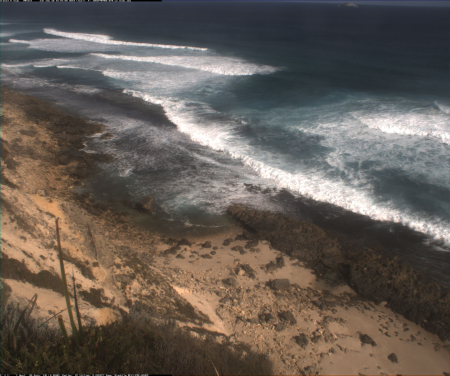
The project was developed by proponents Cherry Martin and Rolf Koch more than two years ago and was received with concern by the residents of Goode Beach, who fear the resort will threaten the rare species’ home.
While the proposal was endorsed by the Albany city council, it hadn’t been approved by WAPC.
A spokesperson for Department of Planning, Lands and Heritage (DPLH) explained that an initial application for Goode Beach site was submitted to the State Administrative Tribunal (SAT) in late 2019, prior to determination by WAPC.
Then in an unexpected turn of events, the residents of Goode Beach seemed to get what they wanted when the proponents withdraw the development application from consideration in September this year.
Doctor Catherine Macdonald, a long-term resident of Goode Beach said the residents were relieved when they heard the news.
She said:
“We were very happy, we thought 'yay, it’s out!'”
But the withdrawal was short-lived as the proponents quickly began the process of submitting a pre-lodgement for consideration through the new significant assessment pathway.
The DPLH spokesperson explained:
'Should a formal development application be lodged with WAPC at the conclusion of the pre-lodgement process, it would be determined under the new assessment pathway for significant developments.'
The concerns of Goode Beach residents were reignited when they heard the news of the pre-lodgement and the significant development pathway.
If the new proposal is still for a 51 apartment resort, then the endangered species could still be at risk.
Dr Macdonald said the Albany Sundew was in most danger from the development as the bushland where it grows would have to be cleared to accommodate the resort’s access.
“The driveway into and out of this would dig up one of the few places the Albany Sundew exists, and that would be terrible,” she explained.

The DPLH spokesperson said all potential environmental impacts will be evaluated if the new proposal is assessed through the alternative pathway.
But Dr Macdonald’s main issue with the proposal is that the scale has changed significantly since the first plan in 2018.
She stated: “The main objection is that she [the proponent] bought that land with permission to build 10 chalets, and she wants to put 51 units in.”
A smaller development would still threaten the local species, but the impact would be less severe.
Dr Macdonald also questioned the logic of using this site for a luxury resort as the proposed location is behind sand dunes that conceal the views Goode Beach is known for.
Dr Macdonald asked:
“What’s the point of building a tourist thing at Goode Beach with no views?”
Dr Macdonald said there were safety issues to consider when building such a large complex near Goode Beach.
She said the resort posed a possible bushfire risk to the neighbourhood as there’s only one access road in and out. If the resort was operating at full capacity, it could cause congestion with a devastating outcome in a fire evacuation.
A more long-term concern is the risk of beach erosion.
Erosion to beaches from rising sea-level and storm waves caused by climate change, is becoming a significant problem in coastal areas in Australia.
Albany coasts are no exception and erosion has occurred on several of the beaches including Goode Beach.
Albany’s risk of erosion was recently increased when the coastal city was struck by two unseasonably severe storms in May and August.
The May storm was the result of a local cold front mixing with a tropical cyclone which caused strong winds. The August event brought substantial rains and flooding.
Albany Mayor Dennis Wellington said the main impact of the storms was on the beaches.
Mayor Wellington said:
“Our coastline received one of the storm’s biggest beatings with some erosion occurring on most of the beaches facing east and south east.”
University of Western Australia PhD student Carly Portch studies coastal engineering and the effect of “wave run-up” on beaches. Her focus area is on Torbay beach in Albany.
Ms Portch said she saw signs of erosion at Torbay following both storms, but the May event caused more damage to the beach.
But Ms Portch said the real concern is the likelihood of more severe storms.
She told IA:
If there were to be say more severe storms, with climate change as predictors have said there will be … then it probably would be a long-term effect.
The beach keeps replenishing itself in a cycle, but if the storms are causing the sand to come that much further off the beach … then it would probably not all get fully deposited back on the beach in summer.
Given Albany’s experience with storm surge and erosion, it’s an aspect of the Goode Beach development that should be considered.
But according to Stephen Hopper, University of Western Australia professor and Goode Beach resident, erosion was barely considered by the environmental consultant who evaluated the site for the first proposal.
Professor Hopper said:
I read fairly carefully the consultant’s report to do with sea level rise, and it was based on the historical evidence of storm surge and a model of Goode Beach.
They chose the dune that is on the northern end … which is quite tall. That dune drops straight down onto the smaller 3 metre dunes. In their model and their predictions about this, they said there was no major thing to worry about. Had they modelled the potential impact of sea level rise against 3m dunes I think they would have had a very different interpretation.
Erosion at Goode Beach isn’t theoretical. Professor Hopper said their coastline was washed away by the August storm.
“We lost about a metre and a half of the forward edge of the primary dunes, right on the beach, right where the resort’s going,” he said.
Eleanor Beidatsch is a disability and environmental rights activist, and a science journalist.
 This work is licensed under a Creative Commons Attribution-NonCommercial-NoDerivs 3.0 Australia License
This work is licensed under a Creative Commons Attribution-NonCommercial-NoDerivs 3.0 Australia License
Support independent journalism Subscribe to IA.






